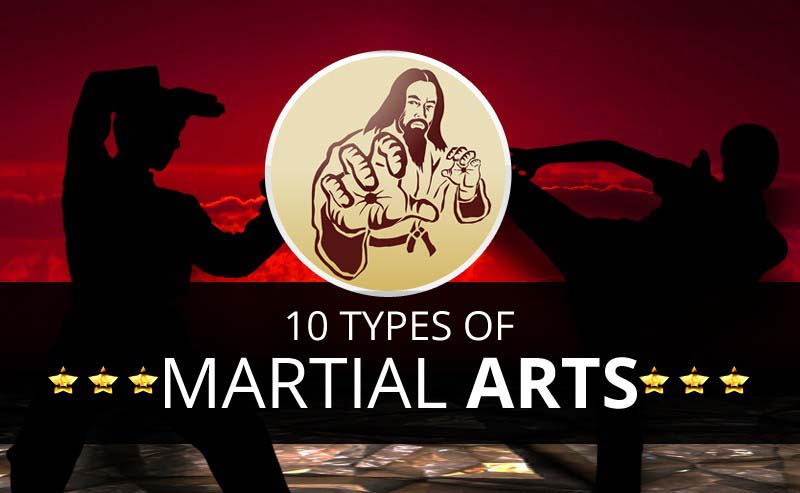Checking Out The Rich Heritage And Spiritual Dimension Of Martial Arts: A Thorough Evaluation
Checking Out The Rich Heritage And Spiritual Dimension Of Martial Arts: A Thorough Evaluation
Blog Article
Web Content Create By-McGrath Martin
Step into the ancient world where martial arts were substantiated of necessity in varied areas. Societies crafted distinct fighting styles linked with historical contexts. Strategies evolved over centuries through dedicated technique and cultural exchanges. Today, contemporary martial arts blend typical elements for optimal performance. Philosophically, martial arts highlight self-control, self-improvement, and consistency. Regard, humbleness, and equilibrium are foundational principles leading practitioners towards development and durability. Discover the midsts of this rich history and philosophy to reveal the extensive influences forming this enduring discipline.
Origins of Martial Arts
Martial arts came from numerous regions worldwide, progressing as useful battle systems to prevent risks. These ancient fighting styles were developed out of necessity, with each culture crafting strategies matched to their distinct environments and challenges. From the grappling arts of Jujutsu in Japan to the striking techniques of Kung Fu in China, martial arts were deeply intertwined with the historical, social, and social textile of their respective societies.
In Japan, the samurai course polished martial arts like Kenjutsu, the art of the sword, which later on advanced right into the much more promoted type of Kendo. Meanwhile, in Brazil, Capoeira emerged as a mix of dance and battle, developed by enslaved Africans as a means to stand up to oppression. Each fighting style carries with it an abundant background and philosophy, mirroring the worths and ideas of the people that practiced them.
As you explore the origins of martial arts, you reveal a tapestry of human resourcefulness, strength, and the stubborn spirit of warriors throughout time.
Evolution of Techniques
With centuries of practice and refinement, battle strategies within numerous martial arts have actually undergone an extensive evolution. From old designs like Martial art and Martial arts to extra modern-day techniques such as Brazilian Jiu-Jitsu and Krav Maga, the development of strategies has actually been driven by a combination of social influences, functional applications, and technical improvements.
One substantial element of this advancement is the cross-pollination of techniques in between different martial arts. For example, strategies from conventional Japanese Jiu-Jitsu were included into the production of Judo by Jigoro Kano in the late 19th century. This blending of designs has actually led to the growth of hybrid martial arts like Mixed Martial Arts (MIXED MARTIAL ARTS), which integrate elements of striking, grappling, and submission methods.
Furthermore, the advancement of techniques has been shaped by the boosting emphasis on effectiveness and effectiveness in fight. Experts have continuously looked for to improve their methods with extensive training, testing, and competition, bring about the advancement of very specialized and effective battling styles. In general, the development of techniques in martial arts reflects the vibrant nature of fight and the continuous quest for renovation and development.
Thoughtful Structures
Checking out the underlying philosophical principles of martial arts supplies insight right into their core values and directing beliefs. At the heart of many martial arts techniques is the concept of self-control itself. By training your mind and body to act as one cohesive unit, you cultivate discipline that prolongs beyond the dojo or health club right into everyday life. official website includes respect, humility, and self-discipline, forming not just your physical capacities however also your personality.
One more fundamental philosophical structure in martial arts is the idea of continuous self-improvement. https://www.thenationalnews.com/lifestyle/2023/05/28/abu-dhabis-warrior-academy-uses-martial-arts-to-boost-childrens-confidence/ of grasping a martial art is never-ending, with practitioners frequently aiming to much better themselves, both physically and mentally. This concentrate on development fosters durability, perseverance, and a development frame of mind that can be applied to all elements of life.
Additionally, martial arts highlight the significance of consistency and equilibrium. Strategies are developed to utilize an opponent's energy against them, highlighting the principle of yielding and redirecting force rather than meeting it head-on. This ideology extends to interpersonal partnerships, advertising calm resolutions and good understanding. By accepting these thoughtful foundations, martial artists not just boost their combat skills but also cultivate a lifestyle fixated personal growth, regard, and consistency.
Verdict
In conclusion, the history and approach of martial arts offer an abundant tapestry of tradition, self-control, and self-improvement.
Take for instance the tale of Bruce Lee, who transformed martial arts by mixing different designs and viewpoints to develop his very own special type of Jeet Kune Do.
With devotion and advancement, martial musicians continue to press borders and influence others to reach their complete possibility both in combat and in life.
